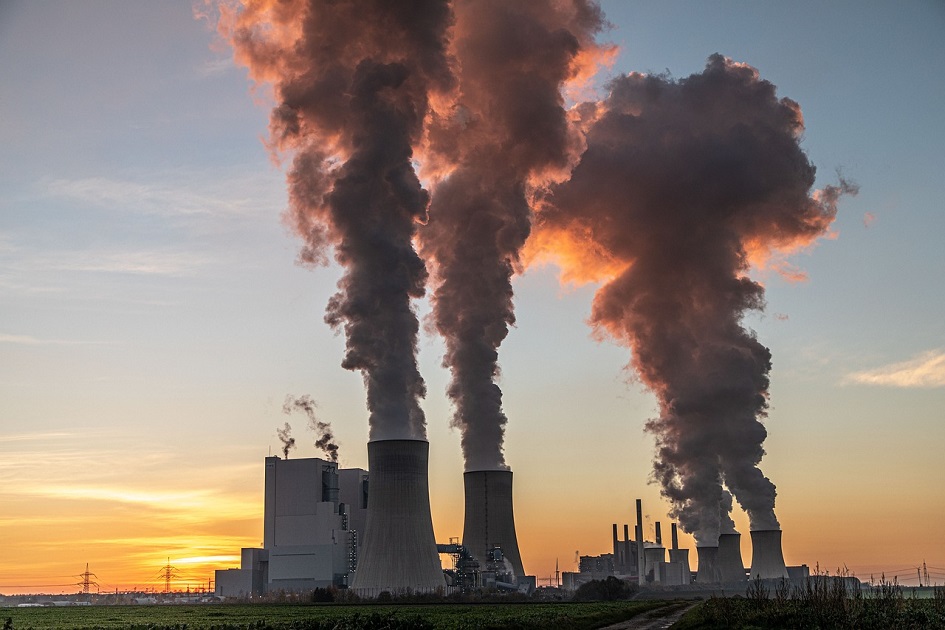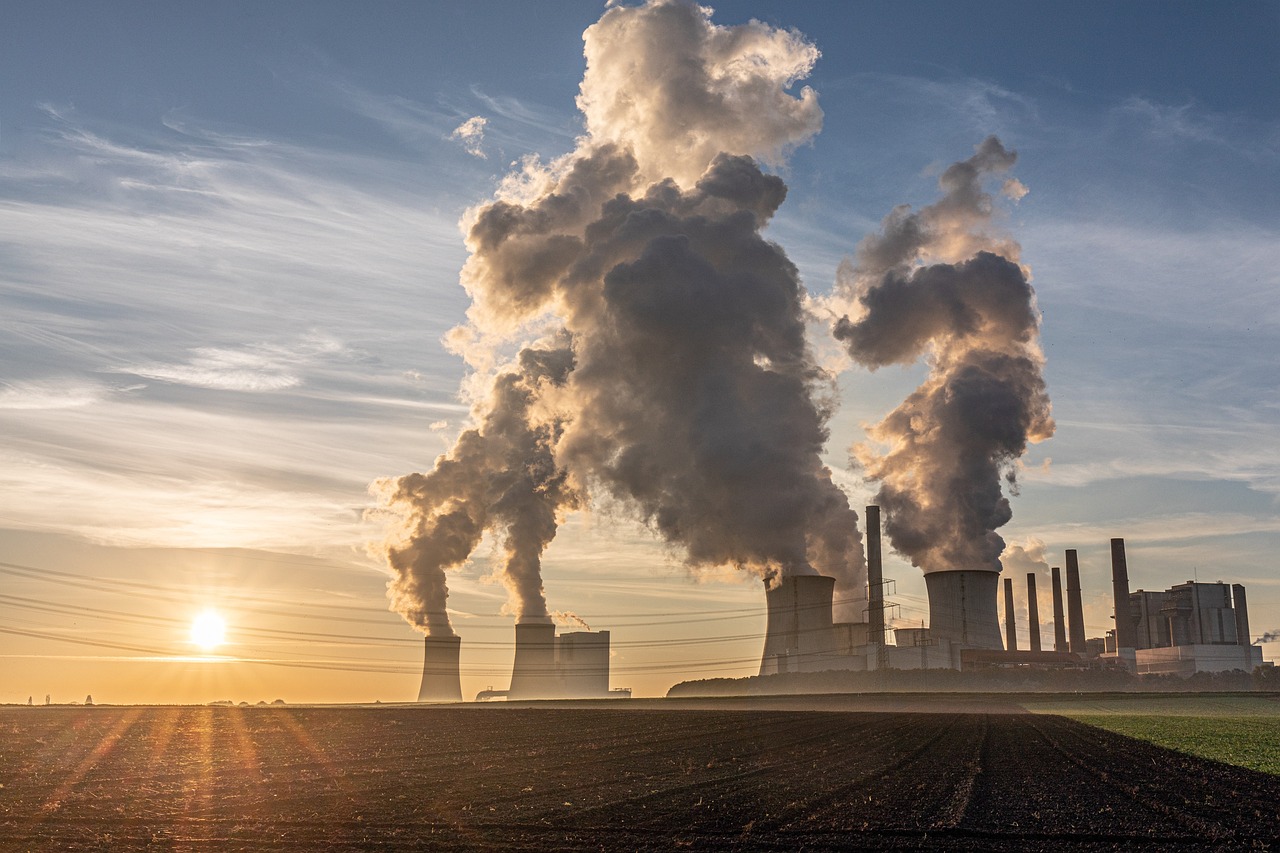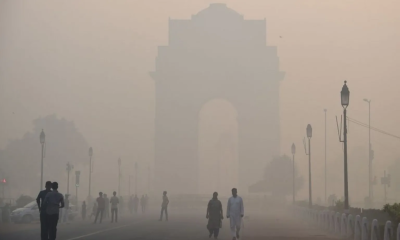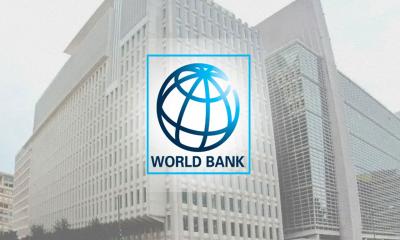As our world faces increasing climate hazards, risks, and the need for adaptation, carbon credits have emerged as a crucial tool in the fight against climate change. Now we are delving towards explaining carbon credits and figuring out the most frequently asked questions about this important aspect of climate finance.
What is a carbon credit?
A carbon credit is a permit that allows an organization to emit a certain amount of carbon dioxide or other greenhouse gases. One carbon credit equals one ton of carbon dioxide. This system encourages companies to reduce their emissions.
How do carbon credits help the environment?
By putting a price on carbon emissions, carbon credits incentivize companies to reduce their carbon footprint. This helps lower the overall greenhouse gas emissions, contributing to climate change mitigation.

Who can buy carbon credits?
Any organization or individual can buy carbon credits. Companies often purchase them to comply with regulations or to offset their emissions voluntarily.
How are carbon credits created?
Carbon credits are created through projects that reduce, avoid, or capture emissions. Examples include renewable energy projects, reforestation, and energy efficiency improvements.
What is the difference between compliance and voluntary carbon markets?
Compliance markets are regulated by governments and require companies to hold credits equivalent to their emissions. Voluntary markets are not regulated and allow companies to purchase credits to offset their emissions voluntarily.
Can individuals participate in carbon trading?
Yes, individuals can participate by purchasing carbon offsets to neutralize their carbon footprint from activities like travel or home energy use.
How is the price of a carbon credit determined?
The price is determined by supply and demand in the market. Factors like regulatory changes, project costs, and the overall market sentiment influence prices.
Are carbon credits the same as carbon offsets?
Carbon credits and carbon offsets are often used interchangeably, but they can differ. Carbon credits are used in compliance markets, while offsets are often used in voluntary markets.
What role do governments play in carbon credit markets?
Governments set regulations and policies that create demand for carbon credits. They also establish frameworks to ensure the integrity and effectiveness of these markets.
What are the benefits of carbon credits for businesses?
Carbon credits help businesses meet regulatory requirements, improve their public image, and support environmental sustainability. They can also lead to financial benefits through cost savings and new revenue streams. (Source: World Bank, UNFCCC)

Historical background and Emergence of Carbon Credits
The concept of carbon credits emerged from the Kyoto Protocol, an international treaty adopted in 1997. The Protocol established legally binding targets for industrialized countries to reduce greenhouse gas emissions. The Clean Development Mechanism (CDM) was introduced under the Kyoto Protocol, allowing developed countries to invest in emission reduction projects in developing countries to earn carbon credits.
In 2015, the Paris Agreement built on the foundation of the Kyoto Protocol, setting more ambitious targets to limit global warming. The agreement emphasizes the need for all countries to contribute to emission reductions and supports the use of carbon markets to achieve these goals. The United Nations Framework Convention on Climate Change (UNFCCC) oversees these international efforts and sets guidelines for carbon credit mechanisms.
The UN has set a timeframe for achieving significant emission reductions by 2030, with the ultimate goal of reaching net-zero emissions by 2050. This ambitious agenda underscores the importance of carbon credits in global climate policy.

Criticisms of Carbon Credits
Ineffectiveness in reducing emissions:
Critics argue that carbon credits allow companies to continue polluting by paying for offsets rather than reducing their emissions directly. This can undermine the overall goal of reducing global greenhouse gas emissions.
Lack of transparency and verification:
There are concerns about the transparency and reliability of carbon credit projects. Ensuring that these projects genuinely reduce emissions can be challenging, leading to doubts about their effectiveness.
Equity and environmental justice issues:
Some critics point out that carbon credit projects can disproportionately affect vulnerable communities, particularly in developing countries. These projects may lead to land grabbing or displacement, raising ethical concerns.
Market volatility:
The carbon credit market can be highly volatile, with prices fluctuating due to policy changes and market dynamics. This volatility can make it difficult for companies to plan and invest in long-term emission reduction strategies.
Potential for greenwashing:
Companies may use carbon credits to create a false impression of environmental responsibility, known as greenwashing. This can mislead consumers and investors about a company`s true environmental impact.

At the end, carbon credits play a vital role in climate finance, promoting emission reductions and climate resilience. While they offer significant benefits, it is essential to address the criticisms and ensure transparency and equity in their implementation. Understanding carbon credits is a step towards more informed and effective climate action.
By incorporating carbon credits into broader climate strategies, we can work towards a sustainable and resilient future, reducing the risks and adapting to the inevitable changes brought by climate change. (Source: IPCC, World Resources Institute)






-20251226051932.jpeg)
-20251222051606.jpeg)













-(25)-20251122062715-20260105041159.jpeg)








-20251229113834.jpg)

-(2)-20260102070806.jpeg)



